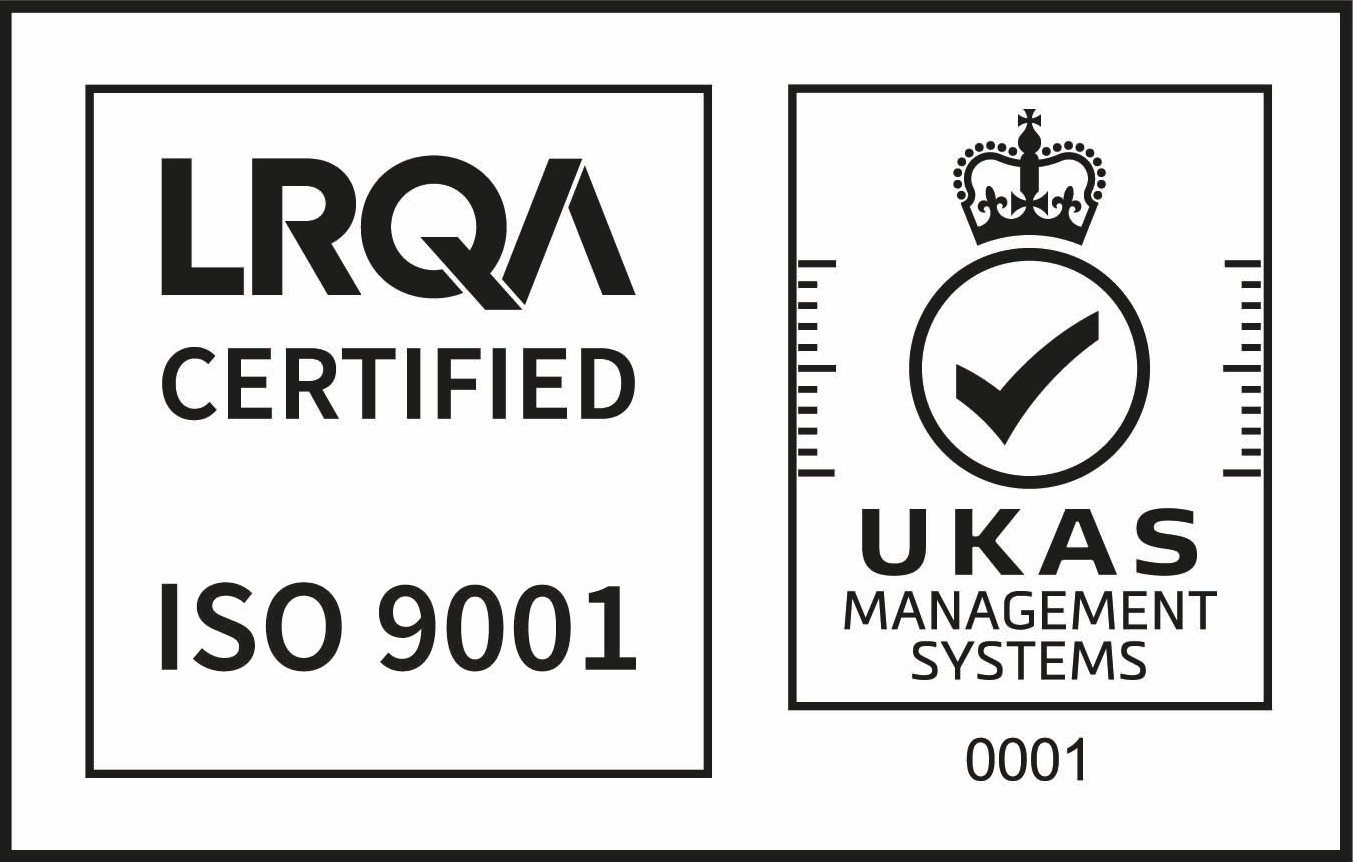Welcome to the IMCA Recognised Diver Medic Technician (DMT) Full Theory Course
A vital program designed for experienced medical professionals working in diving operations, this intensive theory course focuses on the demonstration and application of essential medical skills required for effective emergency response in underwater and on-vessel environments. The course is recognised by the International Marine Contractors Association (IMCA), ensuring that participants receive training aligned with industry standards.
Overview of Offshore Diver Medic Training
Importance of Medical Preparedness In offshore diving operations, the role of a medic is critical. Divers often encounter high-pressure situations where immediate medical response can be life-saving. This course focuses on refreshing essential medical knowledge, including first aid, oxygen administration, and emergency response protocols tailored for diving incidents. Blended Learning Approach The course utilizes a blended learning format, combining online theoretical studies with practical, hands-on training. This method allows participants to learn at their own pace while ensuring they can apply their knowledge effectively in real-world scenarios. The online component covers vital topics such as:
- Diving Physiology: Understanding how pressure affects the body.
- Emergency Procedures: Protocols for various diving-related emergencies.
- Oxygen Administration Techniques: Safe practices for administering oxygen to divers in distress.
Skill Assessments Participants will engage in skills assessments to demonstrate their competency in medical procedures relevant to diving. This includes practical applications of first aid techniques and the use of emergency equipment.
Course Features
- Lectures 196
- Quizzes 13
- Duration Lifetime access
- Skill level All levels
- Language English
- Students 50
- Certificate Yes
- Assessments Yes
Curriculum
- 30 Sections
- 196 Lessons
- Lifetime
- C-DOC Procedure Safety Guidelines3
- DMT Air Formative Studies2
- Patient Assessment19
- 3.1Standards of Care
- 3.2Primary Survey
- 3.3Airway Breathing
- 3.4Airway Adjuncts
- 3.5Naso-pharyngeal Airway (NPA)
- 3.6Oro-pharyngeal Airway (OPA)
- 3.7Laryngeal Mask Airway (LMA)
- 3.8Endotracheal Tube
- 3.9Suctioning (Aspiration) Equipment
- 3.10Positioning of an Injured Person
- 3.11Triage
- 3.12IMCA Scenario
- 3.13Triage: Guidelines
- 3.14Triage: Order of Priority for evacuation
- 3.15Secondary Survey
- 3.16Vital Signs
- 3.17Glasgow Coma Scale
- 3.18Scenarios and Safety Flashes
- 3.19DMT – STANDARDS OF CARE59 Questions
- Basic Life Support6
- Shock7
- Cardiac Disorders7
- Infection Control3
- Invasive Procedures4
- Wounds, Burns and Other TraumaIn this topic we will discuss the assessment and management of burns, wounds and other traumatic injuries. This will include chest and abdominal injuries and how to manage these. Be sure to practice your suturing skills when given the opportunity, hopefully you will get to do it on a real patient in hospital and practice makes perfect!16
- 9.1Types of Wounds
- 9.2Direct Pressure
- 9.3Types of Dressings
- 9.4Blood Control
- 9.5Wound Assessment
- 9.6Wound Cleaning
- 9.7Wound Closure
- 9.8High Pressure Jet Injuries
- 9.9High Pressure Jet Injuries: Pre Evacuation
- 9.10High Pressure Jet Injuries: Symptoms and Management
- 9.11High Pressure Jet Injuries: Scenario
- 9.12Crush Injury
- 9.13Crush Injury: Treatment
- 9.14Trauma, Risks and Transport
- 9.15Primary and Secondary Survey
- 9.16Dental Injury
- Burn Assessment and Management10
- Fractures4
- Chest Injury and Pain13
- 12.1Chest Injury
- 12.2Chest discomfort / Pain
- 12.3Assessment of the Chest
- 12.4Management of various Chest Injuries
- 12.5Pneumothorax
- 12.6Chest Drains
- 12.7Chest Drain Skill Sheet
- 12.8DMT – Chest drain18 Questions
- 12.9Flail Chest
- 12.10Needle Chest Drain
- 12.11Article: Treating Tension Pneumothorax
- 12.12Asthma
- 12.13Pneumonia
- Abdominal/Stomach Complaints2
- Urinary Catheterization6
- Environmental Injury and Illness6
- Deceased/Dead Diver1
- Diving Physics and Physiology5
- Decompression Illness8
- Therapeutic Recompression9
- Barotrauma12
- Gas Toxicity8
- Anatomy and PhysiologyThis is a basic overview of anatomy and physiology of bones and muscles.5
- Case Studies2
- Drug List and Administration11
- Intravenous Therapy12
- 25.1Intravenous Therapy with Fluid Administration
- 25.2Fluid resuscitation
- 25.3Selecting Fluids and Priming Administration Sets
- 25.4Skill Sheet IV Fluids
- 25.5Intravenous Therapy (IVT)
- 25.6Preparing to Site IVT
- 25.7Monitoring and Documentation
- 25.8Removing and IV
- 25.9Skill Sheet IV Cannulation
- 25.10Skill Sheet Intraosseous Infusion
- 25.11IMCA Skills Development Videos
- 25.12IV Therapy Prac test31 Questions
- Safe Injection20
- 26.1Introduction to Safe Injections
- 26.2Terms and Definitions
- 26.3Safe Injection
- 26.4Radio Medical Advice
- 26.5Preparing the medication
- 26.6Basic Anatomy
- 26.7Injection Routes
- 26.8Injection Routes Summary
- 26.9Subcutaneous Injection
- 26.10Intramuscular Injection
- 26.11Intravenous Injection
- 26.12Bone Injection (Intraosseous)
- 26.13DMT Intra Osseus5 Questions
- 26.14Skill Sheet – SCI
- 26.15Skill Sheet – IMI
- 26.16Skill Sheet – IVI
- 26.17Skill Sheet – IO
- 26.18One Hand Scoop Method
- 26.19Skills Videos
- 26.20Injection Module Prac test15 Minutes19 Questions
- Personal Protective Equipment (PPE)4
- Viral Testing6
- Skills Video1
- Assignment 1 IMCA DMT1





